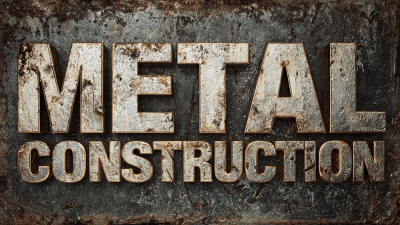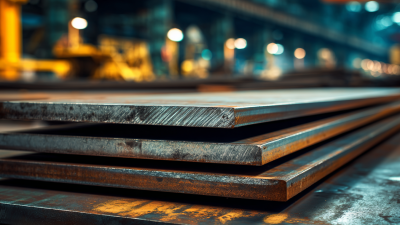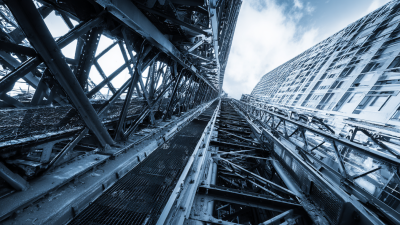
In the realm of modern engineering, the significance of metal plates cannot be overstated, as they serve as fundamental components in ensuring structural integrity across various applications. These robust materials, often crafted from steel or aluminum, offer unparalleled strength and durability, making them indispensable in the construction of buildings, bridges, and other critical infrastructure. The design and implementation of metal plates are vital in distributing loads, enhancing stability, and resisting dynamic forces that structures may encounter over their lifespan. Moreover, their versatility allows for innovative architectural designs while adhering to safety standards. As the demand for resilient and efficient constructions continues to rise, understanding the pivotal role of metal plates will be crucial for engineers and architects in creating sustainable and safe structures that stand the test of time.
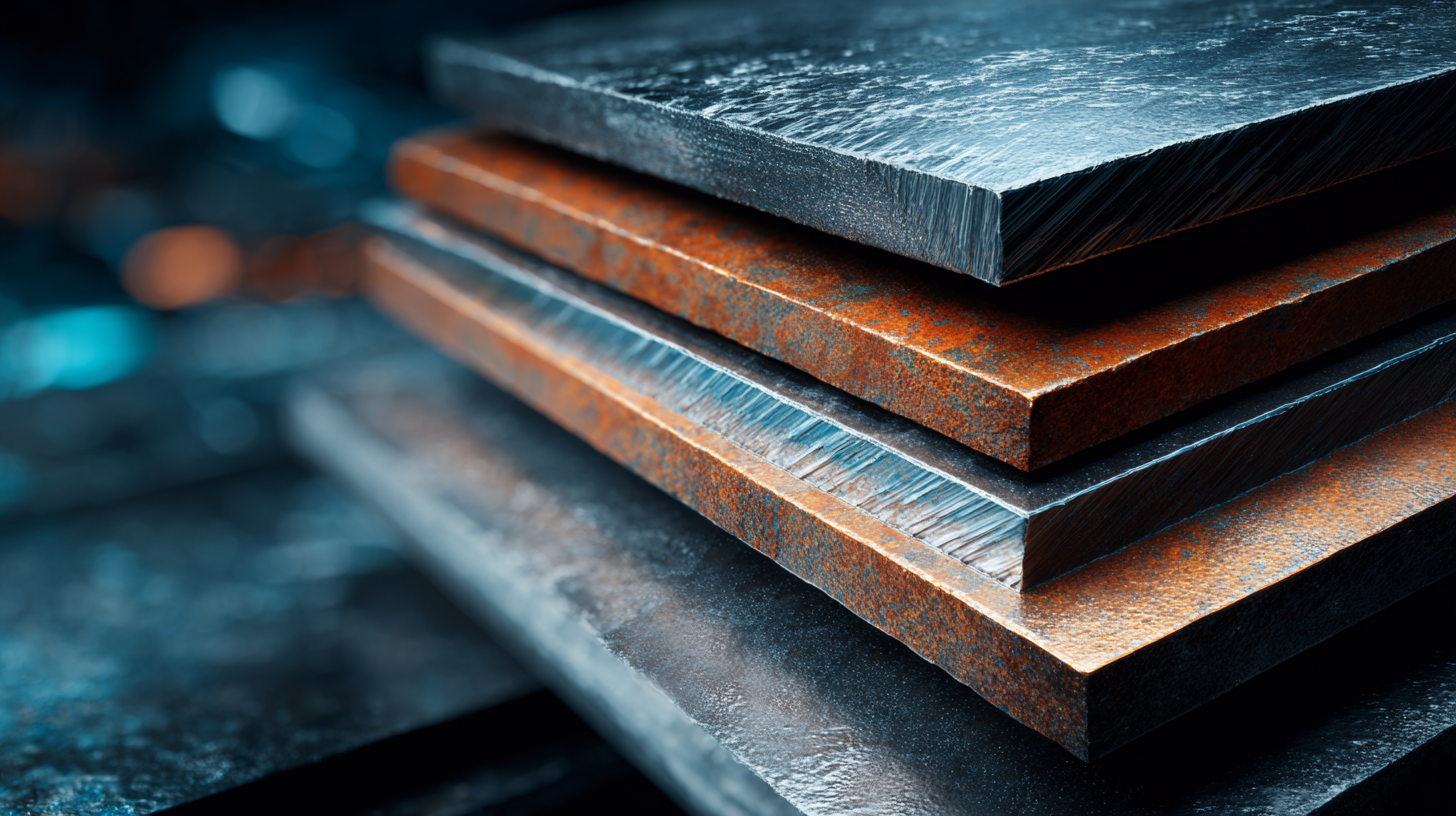
Metal plates play a critical role in enhancing the structural strength and stability of modern engineering applications. Their unique properties enable them to effectively manage forces and stresses in structures, ultimately ensuring safety and longevity. Recent advancements in design methodologies, such as utilizing metallic perforated plate lattices, reveal how optimized configurations can lead to superior buckling strength. By applying theoretical criteria based on the Rayleigh quotient, engineers can create low-density structures that maintain integrity under significant load, highlighting the importance of innovative design in modern engineering.
In addition to buckling strength, the thickness and mechanical properties of metal plates influence their performance under different loading conditions. Studies exploring the influence of varied thickness in tailored steel structures illustrate the delicate balance necessary to achieve optimal plastic instability characteristics. Such advancements not only enhance the functionality of individual components but also contribute to the overall resilience of engineered systems. As engineering continues to evolve, the integration of advanced materials and design techniques will be paramount in ensuring that metal plates continue to provide essential structural support and stability in future construction projects.
This chart illustrates the contribution of various metal plate types to structural strength and stability in engineering applications. The data represent the tensile strength (in MPa) of different metals commonly used in construction.
Metal plates have become indispensable in modern engineering due to their unparalleled strength and versatility. According to a report by the Global Steel Innovations Forum, the use of high-strength steel plates can lead to a reduction in overall material costs by up to 30% while enhancing the structural integrity of buildings and infrastructures. These plates are crucial in applications ranging from bridges and skyscrapers to critical infrastructure such as dams and tunnels.
One of the key advantages of utilizing metal plates is their ability to withstand extreme loads and environmental conditions. A study by the American Institute of Steel Construction highlights that structures reinforced with metal plates can endure loads that are 15% higher than those supported by traditional materials. Additionally, metal plates offer enhanced resistance to corrosion and fatigue, significantly extending the lifespan of engineering projects. This durability not only ensures safety but also reduces maintenance costs over time, making metal plates a smart investment for engineers and project managers alike.
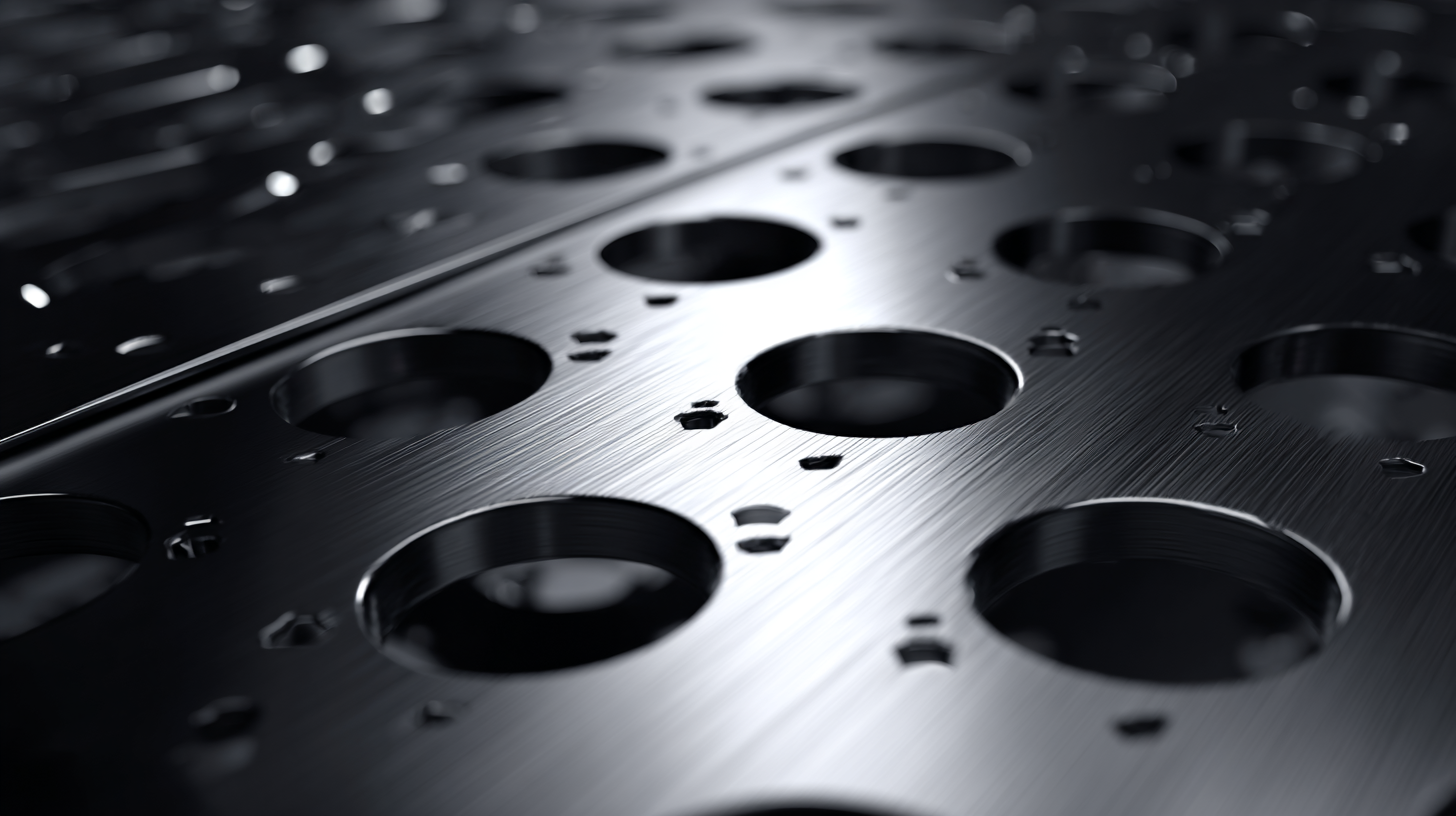
Metal plates play a crucial role in modern engineering, offering structural integrity unmatched by alternative materials. When compared to wood, concrete, or composites, metal plates exhibit superior strength-to-weight ratios, which are essential in reducing the overall mass of structures while maintaining strength. For instance, in high-rise buildings and bridges, metal plates provide enhanced load-bearing capabilities that are difficult to replicate with traditional materials. This makes them an indispensable choice for projects that require durability and long-term performance.
Additionally, the resistance of metal plates to extreme weather conditions and corrosion further sets them apart from alternatives. While timber may rot and concrete may crack over time, metal plates, especially those treated with protective coatings, can withstand harsh environments without significant degradation. This reliability not only minimizes maintenance costs but also extends the lifespan of structures. As construction techniques evolve, the comparative advantages of metal plates in terms of safety, longevity, and overall effectiveness continue to reinforce their essential role in engineering design and implementation.
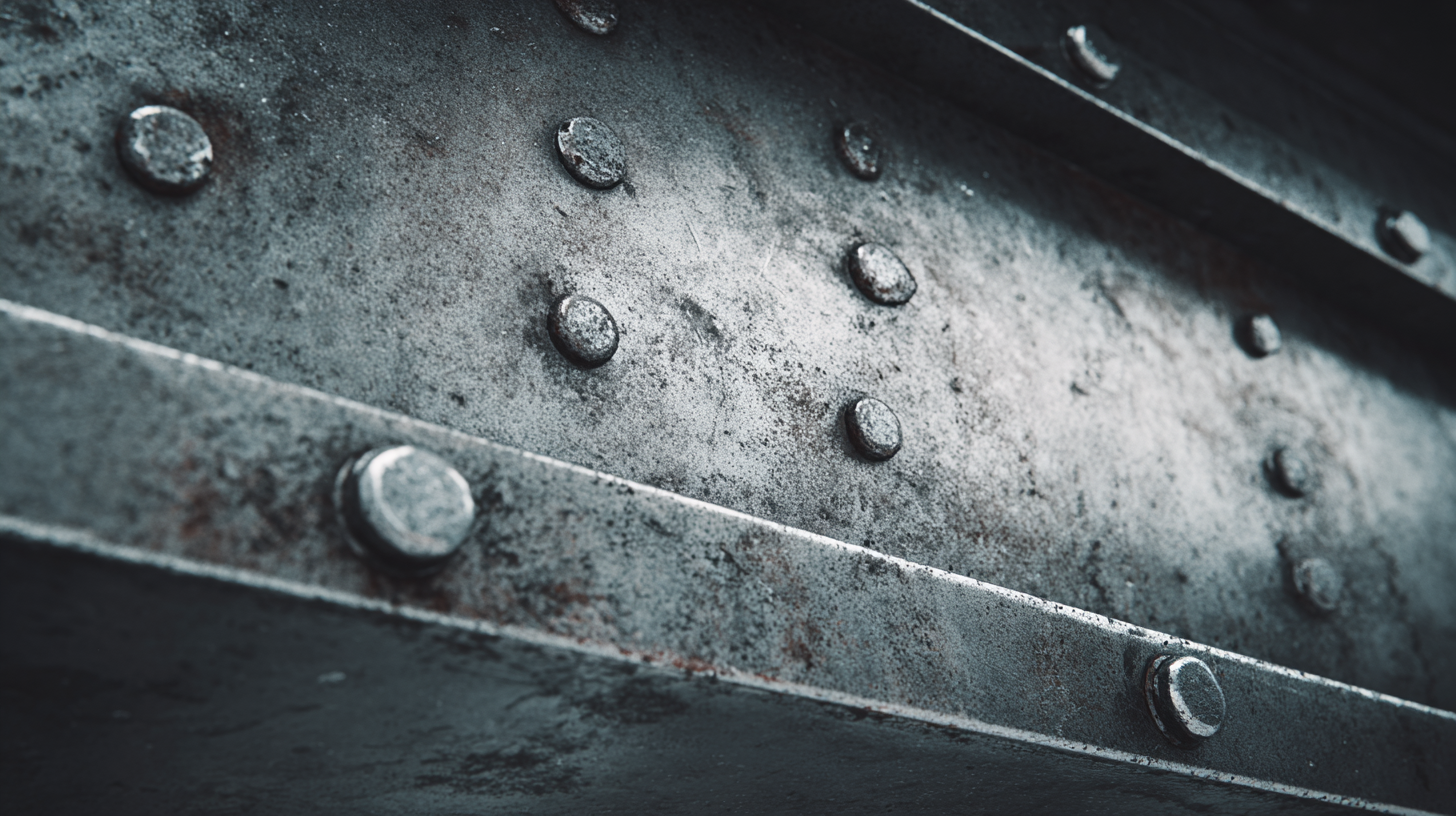
Innovative technologies in metal plate design have transformed the landscape of modern engineering, contributing significantly to structural integrity and performance. Recent advancements include the use of high-strength alloys and composite materials, which enhance durability and reduce weight. According to a report by the American Institute of Steel Construction, employing innovative metal plate designs can increase load-bearing capacities by up to 20%,
a crucial factor in skyscraper construction and bridge engineering where safety and resilience are paramount.
Additionally, the integration of computer-aided design (CAD) and finite element analysis (FEA) has revolutionized the way engineers approach metal plate fabrication. These technologies allow for precise modeling and simulation of stress distribution, leading to optimized designs that improve overall structural performance. A study published in the Journal of Structural Engineering found that structures utilizing advanced metal plate configurations exhibit a 15% improvement in energy absorption during seismic events, showcasing how technology directly impacts safety in engineering applications. As these innovations continue to emerge, the role of metal plates in creating robust, efficient, and resilient structures becomes increasingly vital.
In recent years, the integration of metal plates in engineering projects has proven to be pivotal for enhancing structural integrity. A prime example is found in the construction of the One World Trade Center, where metal plates were utilized extensively in its core structure. According to a report by the American Institute of Steel Construction (AISC), the use of high-strength steel plates allowed the structure to achieve both resilience and flexibility necessary for earthquake resistance. This approach not only satisfies safety requirements but also promotes longevity in building design.
Another noteworthy case study is the expansion of the San Francisco-Oakland Bay Bridge. Here, metal plates played a critical role in retrofitting and adding support to an aging infrastructure. The California Department of Transportation reported that incorporating steel plates increased the load capacity of the bridge by over 25%. This strategic application exemplifies how metal plates can modernize and reinforce structures, ensuring they meet current engineering demands while extending their operational lifespan. The success of these projects highlights the need for continued investment in advanced materials like metal plates to uphold safety and durability in modern engineering.
| Project Name | Location | Year Completed | Metal Plate Type | Application | Structural Benefit |
|---|---|---|---|---|---|
| Skyline Tower | New York, USA | 2020 | Steel Plates | Load-Bearing Walls | Enhanced Stability |
| River Bridge | London, UK | 2019 | Aluminum Plates | Bridge Decking | Weight Reduction |
| Civic Center | Toronto, Canada | 2021 | Composite Plates | Roof Support | Increased Load Capacity |
| Tech Park | Silicon Valley, USA | 2022 | Steel-Reinforced Plates | Foundational Support | Durability and Longevity |


